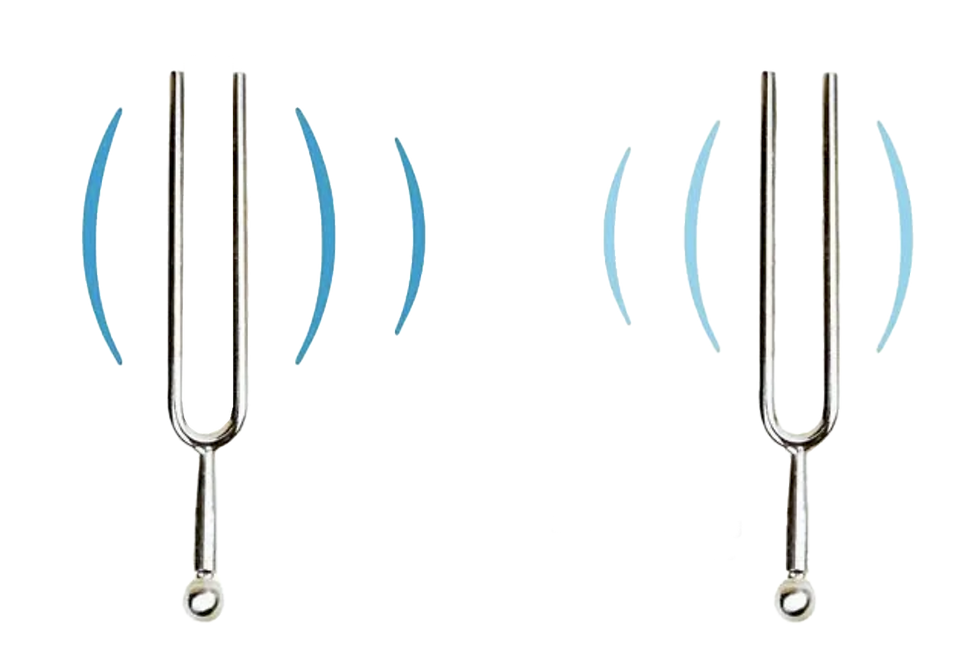Food for thoughts - Resonance and Synchronisation
- Reima Koivukoski
- Jan 10
- 2 min read

To kick off year 2025 some interesting topics I would like to share with you – namely some wired applications of Spontaneous Synchronization that is close of the phenomena we are in course to implement in the watch world. I ended up reading these when I was exploring and finding some new ideas to our Resonance wristwatch project. I was referring to these very same topics already last summer once starting this project, but from a little different perspective.
Starfish and tubular feet
How Starfishes are moving and how they really move those arms having hundreds or sometimes thousands of tiny tube feet called podia under single arm. This wonderful and amazing set of action is explained in a fascinating way in the article “Ever Seen a Starfish Gallop” written by Josh Cassidy in www.kqed.orghttps://www.kqed.org/science/1970271/starfish-gallop-with-hundreds-of-tubular-feet . End of the article is a reference to a familiar phenomenon “Spontaneous Synchronization” we are working here. No one individual (podia) is setting the pace. Researchers call that an emergent pattern.
So, next time You see a Starfish in an aquarium or in sea – stop for a while and think how close this behavior of the living creature movement mechanism is something you will have in your wrist in the future, perhaps.
Kuramoto Model
An another interesting angular to approach spontaneous synchronization is pure mathematical model introduced by Yoshiki Kuramoto in papers from 1975 and 1984. In short it can be said: “A phase change is a relatively abrupt shift from one kind of behavior (no synchronization) to another (complete synchronization)”. Scientists found the Kuramoto Model displayed a clear onset of synchronization, which is the hallmark of a phase change. As the coupling strength between a population of oscillators increases, they will make the sudden transition from chaos into chorus. In our watch world population of the oscillators are two balance wheels.
More detailed explanation and thoughts you can find from article “The mathematical explanation for “spontaneous synchronization”” written by Adam Frank in www.bigthink.comhttps://bigthink.com/13-8/nature-synchronization/ .
Also Wikipedia has a more theoretical approach: https://en.wikipedia.org/wiki/Kuramoto_model
Muscular Bonding
Side read - not directly applicable to watch world, but interesting is ““Muscular Bonding” : The strange psychological effects moving together” article by Stephen Johnson in www.bigthink.com https://bigthink.com/the-present/muscular-bonding/ . Discussion is more from point of view human behavior and can be understood kind of “synchronization”.




Comments